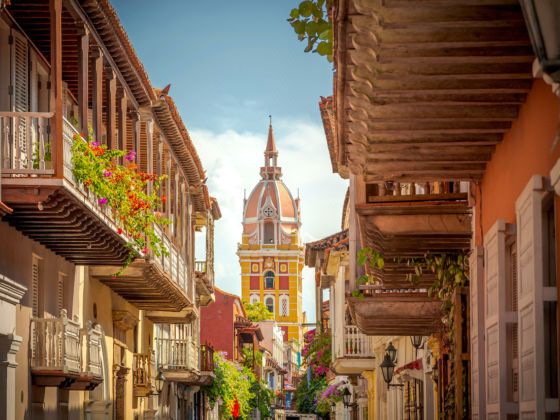Under the efforts of President Juan Manual Santos, who was awarded the Nobel Peace Prize earlier this year, the Colombian community has been trying to come together in the name of peace, even partnering to a certain extent with a rebel group, FARC, that has been historically known for violence since the early 1960s.
Back in October, the Colombian government offered up a peace treaty that was more than 100 pages long and took four years to create, but the voters narrowly rejected it. Just a few weeks ago, President Santos took an amended version to Congress instead. It had 13 additional pages and about 50 modifications, and it passed.
